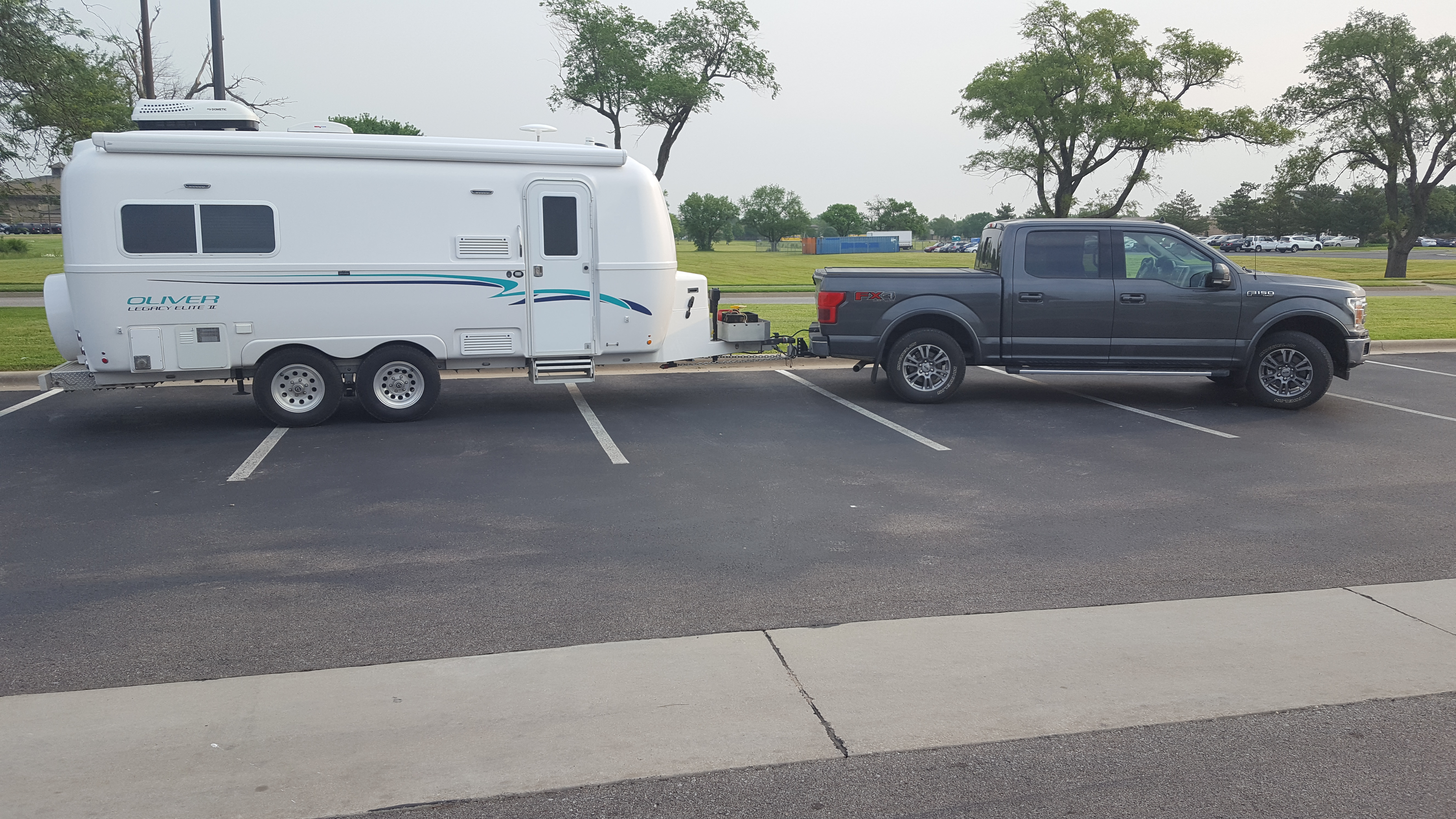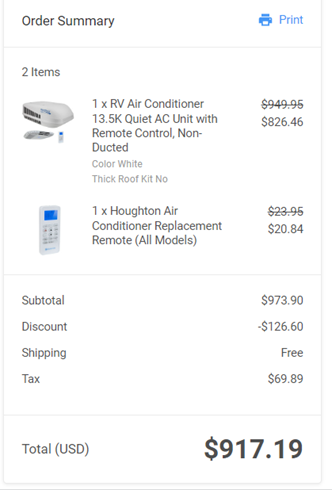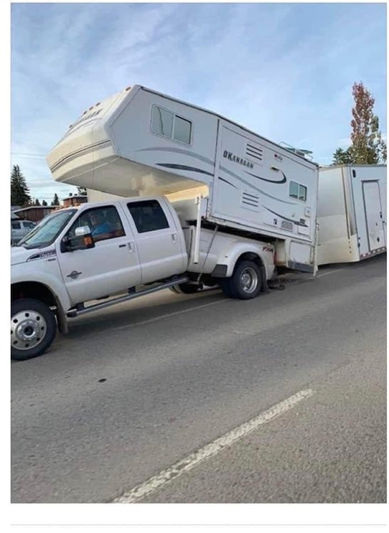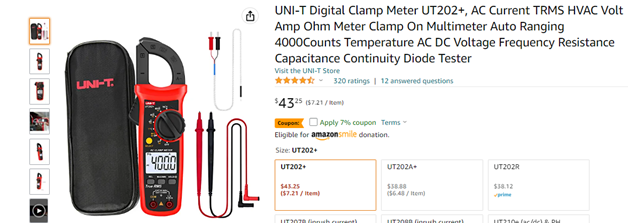-
Posts
2,053 -
Joined
-
Last visited
-
Days Won
53
Everything posted by Geronimo John
-
Ok Owners, we still have not heard from you if you have one of these (and maybe others). Likely some of the below are duplicates, and many appear to be knock-offs. Regardless they are options that did not exist a few years ago so an update is desired. General Generac GenMax Yamaha Cummings Westinghouse Wen maXpeedingRod Please chime if you have one of these, or others that may be out there. Here is a link to a rather biased "review" (of sorts) by one author: https://www.bestproductsreviews.com/best-inverter-generator-for-rv?targetid=dsa-19959388920&matchtype=&device=c&campaignid=14938899091&creative=552785546059&adgroupid=131352087307&feeditemid=&loc_physical_ms=9032812&loc_interest_ms=&network=g&devicemodel=&placement=&keyword=$&target=&aceid=&adposition=&trackid=us_all_top_1_1&mId=407-132-4411&trackOld=true&gclid=Cj0KCQiAwJWdBhCYARIsAJc4idA_mIXoxat0WYNwsLz21nBgUkpw14WnLAE77N1nGfWewxzVZ-1agb4aArFUEALw_wcB GJ
-
REF: Champion 2500 Watt Inverter: $484 Amazon Prime Dual fuel 38 pounds Super Quiet 2500 watts start and run rating AMAZING! 🙂 It sure isn't a "Hammer Mill" like this grandpa's was!
-
As a Garmin inReach subscriber, I get occasional info. I thought this one was special and worth a read. I deleted the picture to reduce the size of the file. If you want the "Full Monte", it is here: https://www.garmin.com/en-US/blog/saved-by-garmin/the-10000th-inreach-sos/?utm_source=americas&utm_medium=yarmouth-email&utm_campaign=inreach-consumer-newsletter&utm_content=BP If you often find yourself in a location, especially when alone, where if your were hurt or lost, and it would be difficult or time consuming to find you.... then please consider getting a Sat Tracker. Mahalo, GJ ++++++++++++++++++++++++++++++++++++++++++++++++++++++++++++++++++++++++++++++++++++++++++++++++ The 10,000th inReach SOS: A Foot in the Wrong Direction December 19, 2022 In October 2022, we announced that more than 10,000 individuals had received help after triggering SOS distress signals on their inReach® devices. So what was the actual 10,000th inReach SOS incident? Three separate inReach SOS triggers came into the Garmin Response℠ Center moments apart, all reporting a dirt bike crash and a severe leg injury. The injured individual was Kyle McKillop, a 33-year-old inReach subscriber who is no stranger to the outdoors. He regularly camps, mountain bikes, snowboards and dirt bikes in the Pacific Northwest. Originally, he purchased a Garmin inReach satellite communication device to have while on solo trips in the backcountry. “I figured it would be a good idea to get one after an incident with a mechanical breakdown that caused me to be extremely late getting home,” he said. “It’s been a great way to keep my wife informed if anything happens while I’m gone.” On that day in fall 2022, though, McKillop was with five other friends. They planned to do a 60- to 70-mile loop ride in an area and on trails they were familiar with. More than 20 miles into the ride, the group was rounding a sharp, steep and rooted switchback that McKillop had done on previous rides without any issues. To gain momentum, he began accelerating to get to the top of the switchback. It was then that what he calls “the incident” occurred. As the grade of the hill increased, McKillop lost his balance and started to fall. Not wanting his bike to tumble off the switchback, McKillop attempted to jump off the back of the bike and push it into the hill. He jumped, landed on his feet and spun around to avoid falling down the switchback. The maneuver was successful, and he kept his bike from going over the hill. But as he twisted, he realized his foot was not twisting with the rest of his body. It was caught in some roots and thus anchored to the ground. “When I looked down, my foot was pointed completely backward,” he said. “I remained standing but couldn’t believe what I was seeing. It made me sick to my stomach looking at it.” He released his foot from the roots and hopped on one foot over to a spot on the trail where he could lie down. When he looked at his friends, they were looking back at him — in shock. “I knew we had several inReach devices among our group members, and I knew it was going to require a helicopter to get me out,” he said. “We were over 10 miles to the nearest forest road, with significant terrain features that prevented anyone from being able to ride me out.” In a matter of moments, Garmin Response, the 24/7 staffed global emergency response coordination center, let McKillop and the other inReach users know that emergency services were being contacted and dispatched. They informed the group that the rescue team would not have a transport basket and they would need to find a spot for the helicopter to land. Otherwise, it would’ve taken 8 hours for a rescue team to reach the group on foot. Meanwhile, McKillop was in agony. His friends worked quickly to figure out how to get him to a pickup spot for the helicopter. They created a stretcher with branches and paracord, got him loaded onto it and carried him to a ridgeline. When the helicopter arrived, the landing area was deemed not flat enough. The EMTs jumped out to check on McKillop while his friends looked for other spots to land. Unfortunately, there wasn’t anything better nearby, so everyone began stacking rocks up on a ridgeline to create a landing area for the helicopter. “The pilot and the EMTs were flawless, but they said it was one of the sketchier rescues they have ever done,” McKillop said. After a 45-minute flight and another 45-minute ambulance ride, he made it to the hospital. He had a broken tibia and fibula and a dislocated ankle — an incredibly painful injury to endure. Still, McKillop made it home by nightfall. “The time of the incident was 11:30 a.m., and I made it home around 9:30 p.m.,” McKillop said. “I am so impressed with how quickly the inReach system worked and got a rescue team to me.” McKillop said that having the inReach provided him with comfort through the whole ordeal. “I would 100% recommend everyone that goes into remote places to have an inReach,” he said. “Knowing that we had a rescue team responding and they had my exact GPS location ultimately helped me stay calm.”
-
I have started a new thread on Generators aimed at gathering info and thoughts from owners about their generators. Especially the new manufacturers out there now. GJ
-
A few years ago, generators were all over our forum. Nearly all portable generators were of standard Motor/Generator design. I refer to them and my Dometic Penguin AC as "Hammer Mills". Then Honda came out with their inverter line. Super quiet, fuel efficient, and their EU 2000 watt unit with an EzStart would run our A/C units. The vast majority of us purchased the Honda inverter 2000 or 2200 units. But they were, and are pricy. Time has passed and most of us still have the Hondas that you could not pry out of our dead hands. But much less costly Champion, Yamaha and Predator inverters (to name a few) have come into play. With the OTT production rate acceleration, I suspect we have many new owners that likely would likely benefit from a revival of the topic. This thread is intended to hear from our owners their thoughts about their generator. Please touch upon the below as well as your experiences: Generator Name and Model Cost of Purchase Power Output (Rated Full Load) Ability to handle our A/C cycling while switched to "Eco-Mode". Please specify if you have an 11K BTU or 13.5K BTU A/C. Decibels idle and full power Ease of use Maintainability Reliability Durability Number of seasons used Thank you! GJ
-
Champion inverter generators are pretty quiet. I’ve had two. Quiet on propane or gas. Rivernerd/Mike& Carrol: That's great news. I had not heard their inverter line. Guess that's the point! This RoF (Retired Ole Fart) needs to get up to date! Glad to hear, or in this case, not hear their hammer mill non-inverter line. BTW, the Predator inverter line works quite well also. At about half the price of a Honda. Last I heard, the Yamaha one had issues for our AC's.
-
The champion generators I am familiar with are hammer mills. WOW! They they DO have quiet inverter units out now? !!!! If not, you'll be trading inside noise to outside noise .....and will not have to worry about bears, but will have angry neighbors.
-
I am editing this post to include two notes associated with the less expensive Houghton: Please be aware that this less expensive Houghton: Is significantly higher (13 11/16" vs 9") than the low profile one ($1500). Is also significantly lighter at 73 pounds than the low profile unit at pounds. As a result I changed my order to the Low Profile unit. GJ ++++++++++++++++++++++++++++++++++++++++++++++++++++++++++++++++++++++++++++ On Black Friday, and maybe still, for $917 we got one without heat (Us Hawaiian Residents are allergic to snow and cold) we got our Houghton, two remotes, tax, and shipping. Granted we will need to install. Looks like it requires a new T-stat, butyl tape, caulk and hopefully only four hours. And if it turns out as good as Katanapilot's did, we will be super happy! From talking, reading, and videos, the install is really straight forward with two exceptions: Lifting the units down and up. For that we have a stout oak tree with plenty of clearance, rope, pulley and cargo net. Understanding the heater re-connect as posted. (Tough being 4000 miles from our Ollie and planning projects.) GJ
-
True. At least the $68/year for the registration is super reasonable in TX.
-
I'm thinking: Long lever arm from rear of back axle Heavy front loaded trailer Overhanging camper Extended several feet the trailer receiver hitch for trailer Add in possible frame damage due to installer of camper or maybe salt corrosion Maybe high speed Especially Yukon Territories corduroy roads Combine several elements of the above and .....what goes up, can slam back down real hard. GJ
-
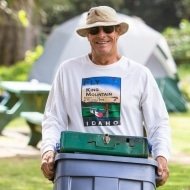
Houghton a/c youtube re: humidity issues
Geronimo John replied to SteveCr's topic in Ollie Modifications
I do not believe that it mixes outside air with conditioned air as there is no interconnection between the two. If there was, you would have to insect screen and filter the OA intake. The unit only has one filter, and it is for cleaning the return air going into the unit from the cabin. Also, such a design could lead to a really bad insect migration into the cabin problem. Can you imagine a Florida swamp no-see-un's swarming around such an air intake? Sends shivers down my back... I strongly believe the cause is re-evaporation of condensate on the evap coil by the continuously running supply air fan. GJ -

Houghton a/c youtube re: humidity issues
Geronimo John replied to SteveCr's topic in Ollie Modifications
Certainly an odd design. I know that on some A/C systems it is normal to run the fan after compressor shut down for a short time to lower the head pressure. Sort of like an unloader in a shop air compressor. The intent for those set-ups is to decrease the re-start torque. But to run it continuously after compressor shut down boggles my mind as well. -
Here is our ADCO A/C cover. Works GREAT! No bugs for sure get into our A/C with this cover. However, I would not recommend it for road use. Storage only. GJ 🙂
-
Trailer Corn on Cob: I have always gently pulled down the leaves and removed the silk. Rinsed off the corn and re-layered the leaves, and secured with a rubber band. Then nuked them about 2 minutes rolled over and 90 seconds more. I have heard some just toss the whole ears of corn into the microwave and the result is the same with a LOT less effort. Is this a snipe hunting story or for real? If for real, seriously how do you do it? Thanks GJ
-
I think I need to save this entire thread and work it top to bottom this summer. So many amazingly great easy to do gourmet ideas.
-
When cooking for a small herd, I make them my Geronimo John International Cowboy Special: Pan fry well several cans of diced low sodium Spam with just a bit of butter. Drain well. Dice many pounds of potatoes and pan fry a bit crisp with some olive oil. Salt and Pepper. Mix Spam and Spuds in skillet and get it hot. Whip raw eggs and mix into hot skillet with the above. Mix some while cooking. Add lots of cheese, Pace Picante Sauce, and some sour cream on top. Then sprinkle Tabasco (Depending on the crowd: If children, about two drops. If Texan, a lot. If Cajun all you have!) You don't know how many times I have been asked where I got the delicious ham I used. Seriously.
-

Mattress Alternative - Request for Measurements
Geronimo John replied to Steve Morris's topic in General Discussion
I read somewhere in this forum that OTT no longer allows picture taking. If true, IMHO that's a sad commentary. If true, we all could download our 843 that we took on our tours. 🙂 -
That's a "Positive" first step! Those batteries don't appear from the picture to have their terminals clearly identified. And that's a "Negative" too. Sorry for the pun, I know this is frustrating for you. Back to basics: Use you volt meter... if you don't have one, many of us use the one below with great success from Amazon. Just check the voltage from the two biggest cables going to your battery area. Make sure you set the meter for DC Voltage first. if it is not 12+ volts, then the next step is to disconnect both batteries and charge them at 6 volts as indicated above. Once the first one is charged, measure the battery voltage. It should be 6+ volts. Then do the same test with the other battery. For two 6 volt batteries to produce 12 volts, you need to hook them up in series. This is + to - as indicated above. If you were using 12 volt batteries, it would be parallel connections. That would be + to + and - to -. If the above is not working, PM me and we'll talk it through on the phone. Just remember I'm in Hawaii so please don't waken the bear too early. 🙂 GJ
-

Houghton a/c youtube re: humidity issues
Geronimo John replied to SteveCr's topic in Ollie Modifications
Exactly. For some on shore power or large generator, maybe, but wasteful. But for boon-dockers using small generators (2000 to 2200 Honda's for example), that solution likely just does not work out so well. Does anyone know if the fan is a multi speed motor or a speed control motor? If multi speed, say three speed (Hi, Medium, Low) then why not add a fan speed selector switch with the same number of speeds. Then power the fan speed selector switch input from the compressor power feed. Circulation fan would run only when t-stat is calling and the compressor relay is energized. Fan would run at the speed that was set on the selector switch. When the t-stat reaches it's set temperature, the unit control board will shut down both the compressor and fan. Humidity problem greatly reduced. Seems to me that this could be a simple mod. Any chance Houghton could comment on this? Your thoughts? GJ -
PS be sure to check the voltage going to the trailer.... just to make sure you have all the cables connected properly. If there was even a nano second of oops spark, likely the breaker saw more than 300 amps and pop. Good news is that the breaker is fast enough that likely you did no damage. But if it tripped, do not reset until you figure out how a + got to a - to do so..... before resetting the breaker.
-
300 amp circuit breaker likely needs to be re-set. it's under the street side bed. GJ
-

1 year service ; Coupler bent??!!!
Geronimo John replied to Karin's topic in Welcome To The Oliver Travel Trailer Forums
Please Please provide your tow vehicle and trailer info in your signature block. Thank you, PS: Hope OTT, Bulldog, Anderson can figure this one out. GJ

